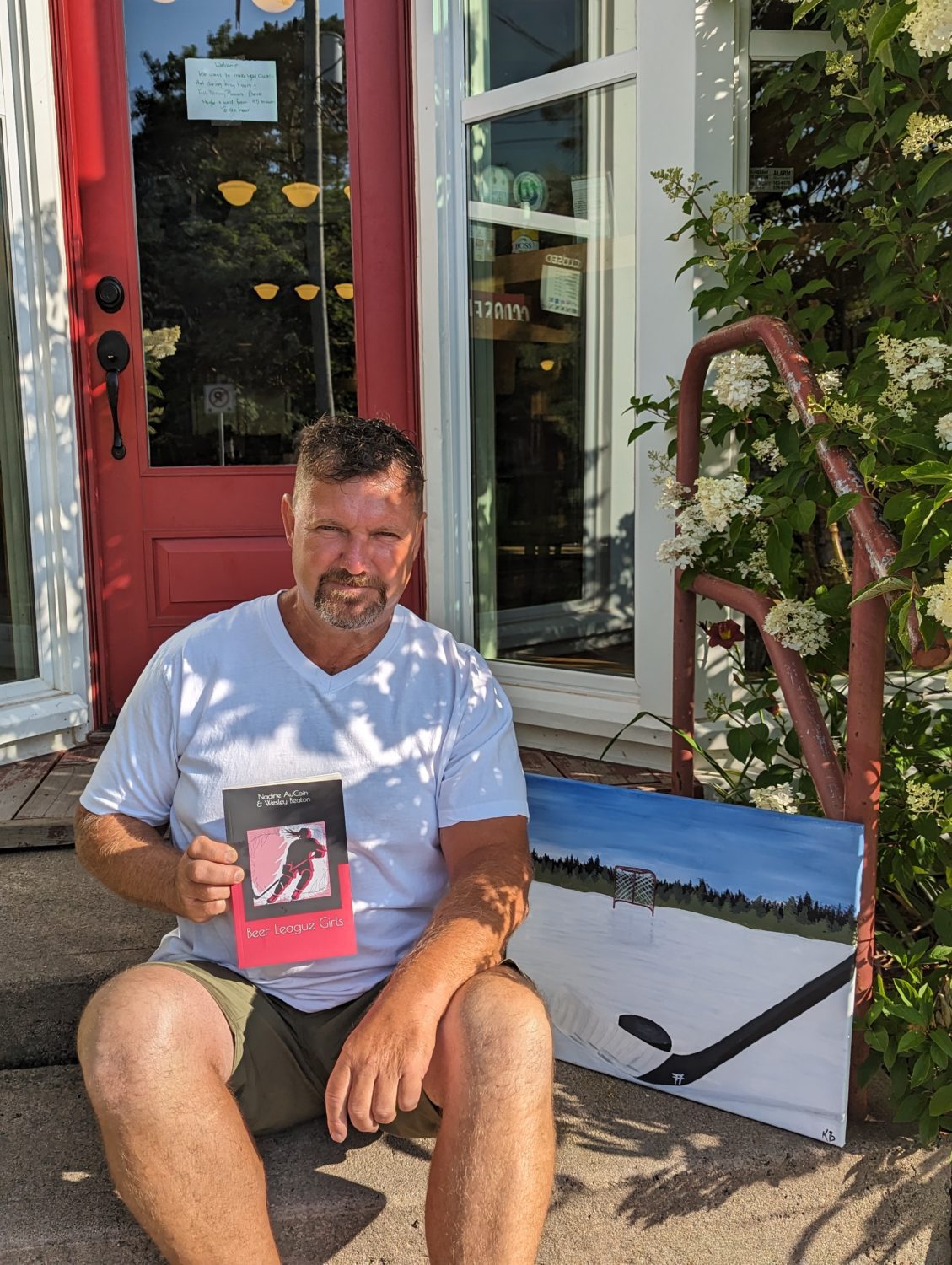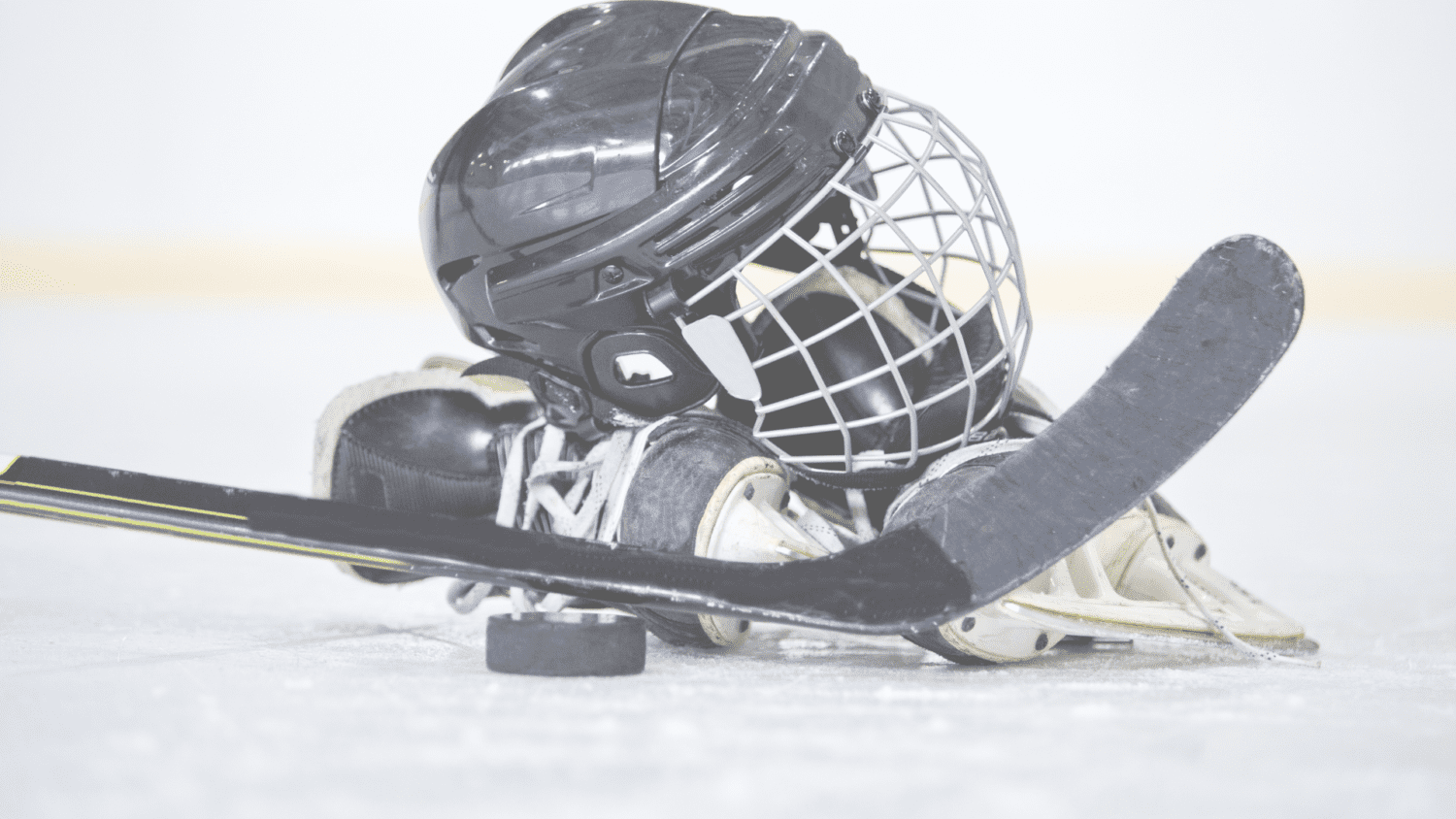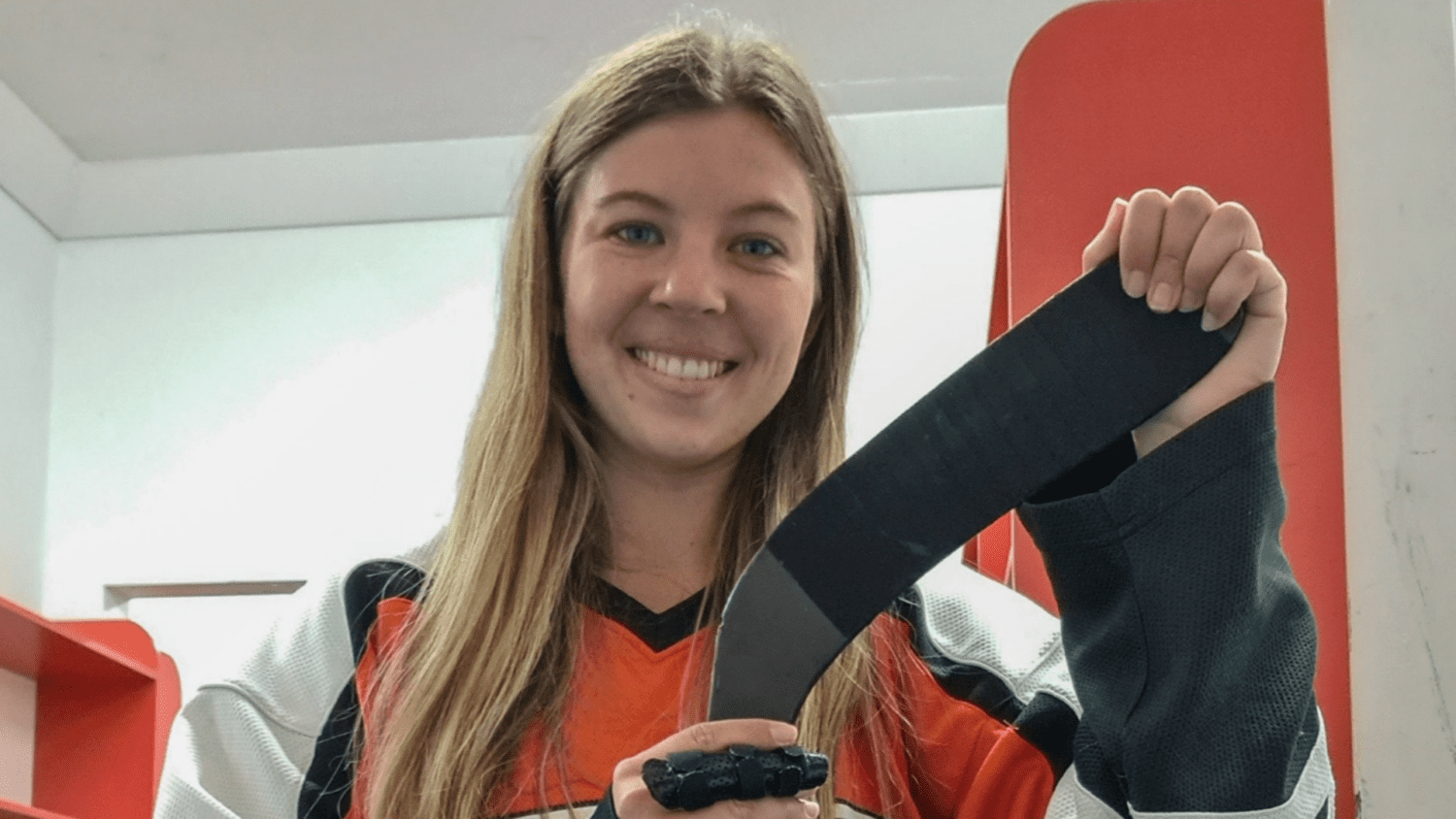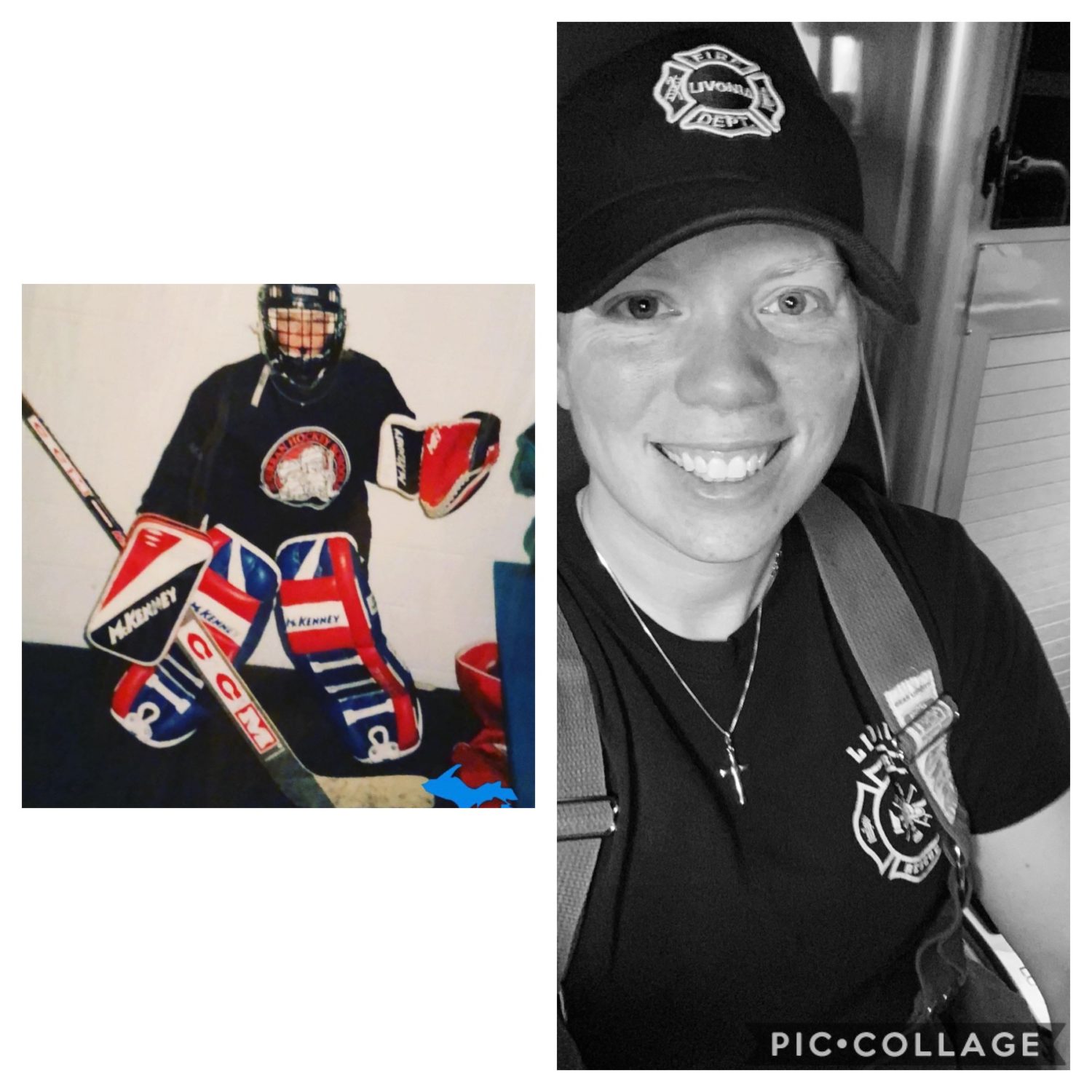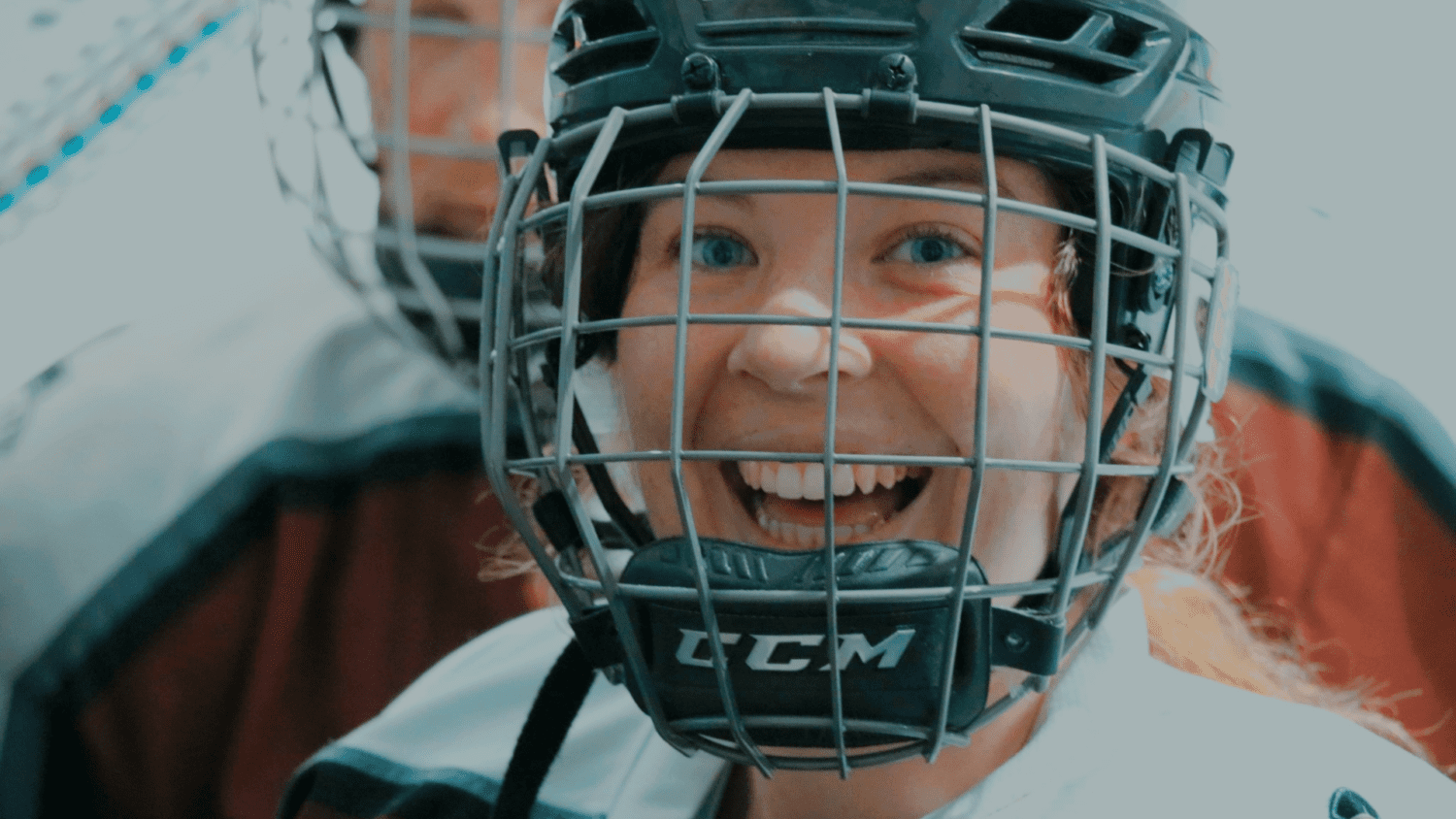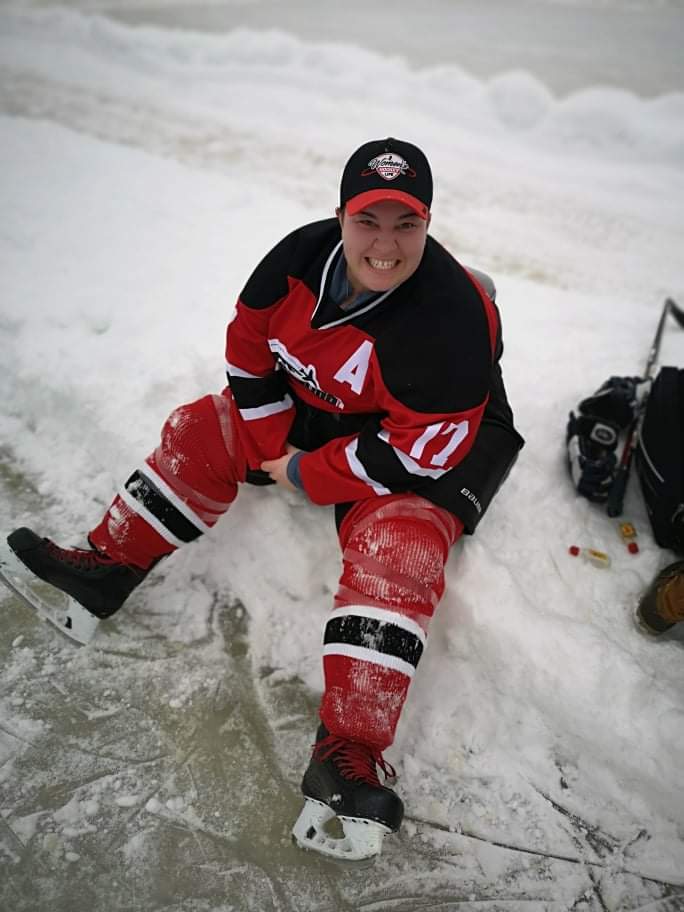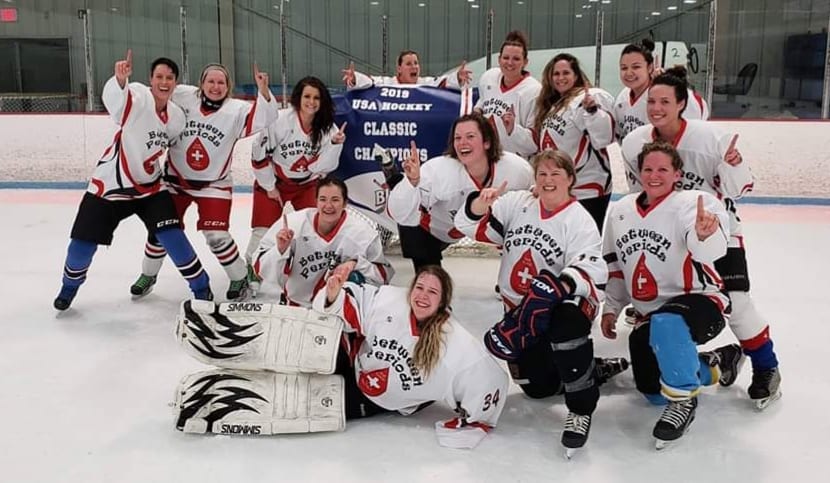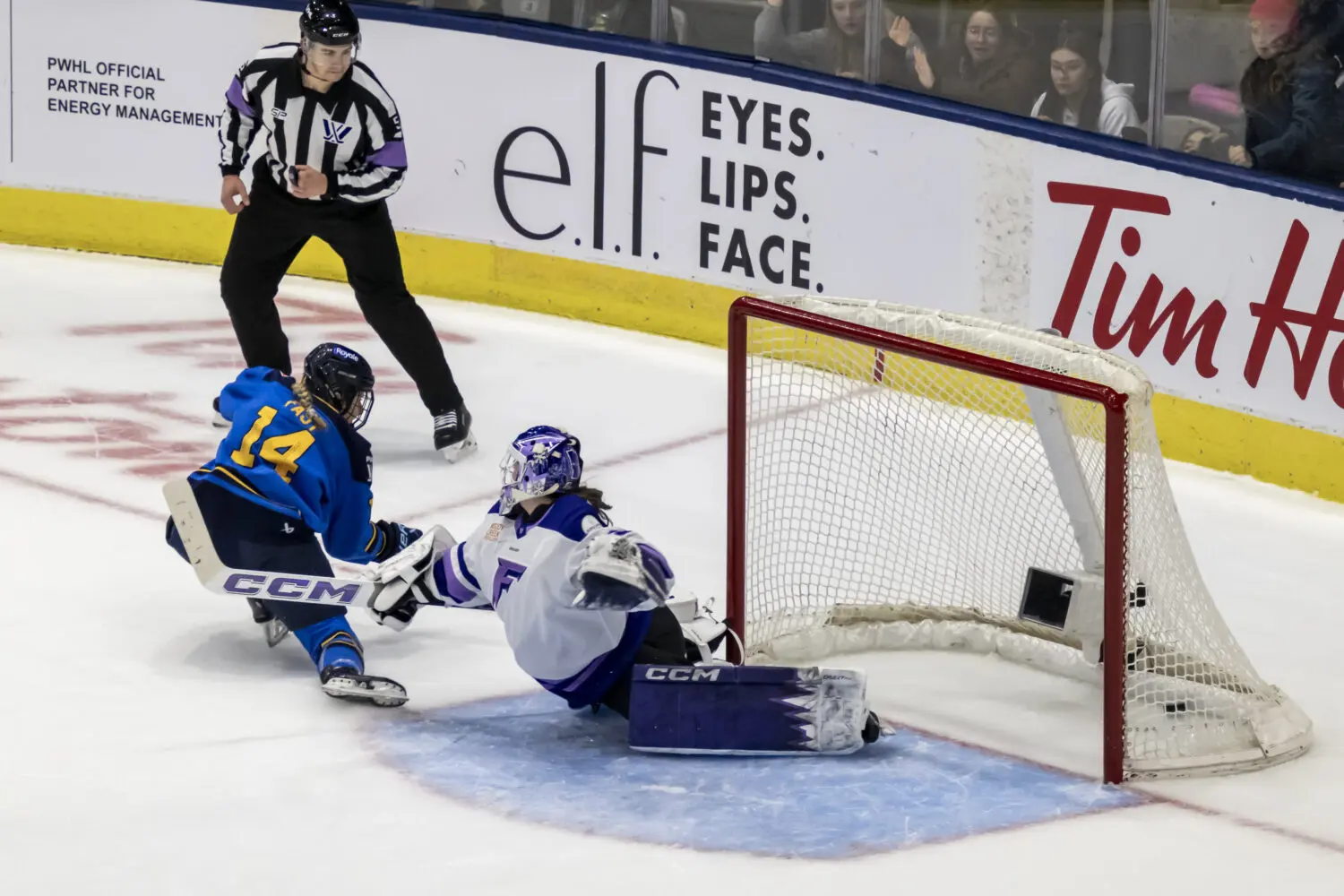I consider myself to be ever so fortunate to play on three different beginner-level adult recreational teams. Two of these are women’s teams, and the other is a co-ed team. While in the overall scheme of hockey skill, I would definitely fall closer to a beginner than an expert, I play in beginner leagues because I am usually the goalie, and I am a beginner goalie.
Although I am far from a skilled player, I do have a lot of experience in and around the game. Because of this, I become a coach/manager for each of these beginner teams. Often, I am the only one on the team who understands icing or where players should be positioned on faceoffs. While working with beginners, I have also heard so many odd comments about hockey that really don’t make any sense to me. I am not sure where these “myths” originate, but they are pervasive in beginner adult rec hockey.
Below are some of the remarks I hear the most, reeled off as absolute truths but leave me scratching my head wondering, “Who the heck told you that???” When I try to propose an alternate viewpoint to some of these beliefs, I am again surprised at how many other players in the room or on the bench believe the same and never even thought about considering a different perspective.
MYTH #1
“You have to be able to skate backwards to play defense.”
The most common phrase I hear uttered is related to who can and can’t play defense, usually based on their overall skill levels, but generally in relation to their backwards skating.
Probable source of myth—watching NHL players (always a good measure of comparison for beginning adult players)
Analogy—If your car loses its reverse gear, you won’t be able to get to work.
Truth—If you can’t skate backwards as fast as your opponents can skate forwards, your ability to skate backwards is somewhat irrelevant in defense.
A player needs to eventually be able to skate backwards no matter what position she is playing. While a player is working on improving her backwards skating skills, she can still play defense and learn the positioning and strategies. Chances are good that if she actually plays defense, her defensive backwards skating skills will start to develop without a conscious effort as a necessity of game situations.
MYTH #2
“A neckguard protects you from puck injuries.”
Probable source of myth—A cautionary tale told by league officials to help convince players to comply with league policy.
Analogy—A sweatshirt will protect you from injury if someone throws stones at you.
Truth—A neckguard does not protect you from being injured by a puck. It is designed to protect your neck from cuts from skate blades.
On many occasions, I have been regaled by tales of how a neck guard saved beginner players from the wrath of a puck on an elevated wrist shot. I still am unable to fathom how this could even be possible. A hockey puck is solid vulcanized rubber, weighs more than a baseball, and is as unforgiving against a human body as concrete would be.
The outside layer of fabric on a hockey skater’s neck guard is made of either Kevlar, ballistic nylon, or some other sort of cut-resistant fabric. The purpose of this equipment is to protect your neck (especially your jugular vein) if your head or upper body should come into close proximity to a skate and the skate blade slices across your neck. The intention of the device is to prevent a complete slice of important veins and arteries in the neck. Regardless, if your league requires you to wear a neck guard as a skater, please do so. But don’t expect it to stop pain if you are hit on the neck with an errant stick or elevated puck.
MYTH #3
“You don’t need to wear a mouth guard if you have a full cage or face shield.”
Probable source of myth—Players who like to flash their pearly whites through their cages.
Analogy—You don’t need to wear your seat belt if your car has airbags.
Truth—You don’t need to wear a mouth guard at all. This is your choice. However, a mouthguard does more than help prevent direct-contact dental injuries.
I am not a dentist, nor do I work in the dental hygiene industry. However, I have been an advocate of players wearing mouth guards ever since my very first time on the ice playing a game. I fell over backwards and smacked my head on the ice. The force of the back of my head hitting the ice was so forceful that my jaw snapped shut sending shooting pain through my back molars up into the sides of my face. The pain caused by this incident had nothing to do with a puck, stick, fist, or errant referee whistle hitting my face. It was purely a fall where the impact of my head on the ice forced my teeth together. I was not wearing a mouth guard. The pain lasted a couple of days and was soon accompanied by a headache.
Before I played again the following week, I went to my dentist and had a custom mouth guard made for around $50. I found that the store-bought, self-fitted varieties were very bulky and uncomfortable. This mouth guard has lasted me six years so far, and I won’t play without it. As much as I am less clumsy of a skater than I was years ago, falling is inevitable in hockey. I don’t ever want to have the dental and facial pain again that I experienced when my head smacked the ice in my first game.
MYTH #4
“Beginners should learn to play with a wood stick to develop a feel for the puck.”
Probable source of myth—Old-timey players who have a soft spot in their hearts for the wood sticks that they grew up using.
Analogy—You should learn to type on a typewriter so that you have a better feel for the keys before learning to type on a computer keyboard.
Truth—You should learn to play with whatever type of stick you plan on using as you continue playing hockey, which will most likely be a composite stick.
When I first started playing hockey 8 years ago, I had a wooden stick. The reason I had a wooden stick was because that was what I was given by my brother-in-law. I wasn’t playing long before I started to be envious of everyone else’s shiny and colorful composite sticks. I asked my friends, all of whom were older and more experienced players than me, if they thought I should pick up a composite stick. They all were in agreement—no, I should stay with a wood stick to learn a feel for the puck.
I continued playing with wood sticks and I found that after a year, I still wasn’t able to raise the puck. Eventually, while on a retail therapy spurt, I splurged on junior composite stick.
The next game, I was able to raise the puck. Why? Well, it turns out that it is actually easier to control and make use of the flex in a composite stick.
From that point forward my shooting improved exponentially, and I started to resent all the time I had wasted playing with a wooden stick. If you learn to play with a composite stick, you’ll improve as you go with a composite stick.
MYTH #5
“Right shooting skaters should play right defense or on the right wing while left shots should play left defense or on the left wing.”
Probable source of myth—Passed down through generations as no one ever questioned the validity of this oft-cited convention.
Analogy—If you are right handed, you should sleep on the right side of the bed so you can more easily reach your alarm clock on your beside table. And if you are left handed, you should sleep on the left side of your bed for the same reason.
Truth—You can play on either wing or either side of defense regardless of whether you are a right or left shot!
Beginner players should play all positions to get a better perspective on the game and to improve overall. They should try playing right and left positions and see which they prefer. I also have a lot of trouble understanding players who insist on playing only left or right side. I don’t know why they would want to place such a strict limitation on their versatility. From my own experience as a right shot, I’ve found that the vast majority of the goals I score are scored from the left side of the ice. I only discovered this by playing both right and left.
Remember that when you first start playing hockey, you will be given an unfathomable amount of wisdom from those around you who have been playing longer than you. It’s easy to take everything you are told as gospel hockey truth when you are uncertain and admittedly a novice.
Some of the things you are told are actually based on others’ preferences and some preferences on positioning on the ice are just that—individual preferences. Don’t be afraid to try out suggestions you are given, and, just as importantly, don’t be afraid to disregard those suggestions if they don’t work for you. Some of the things you will hear are myths, as discussed here. Use that brain that you protect so diligently with your helmet to logically discern fact from myth.
[adrotate group=”1″]
Related Articles
Categories
Recent Posts
[adrotate group=”2″]



